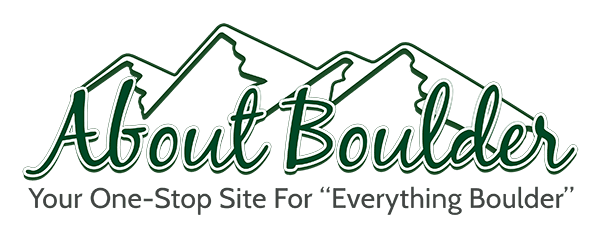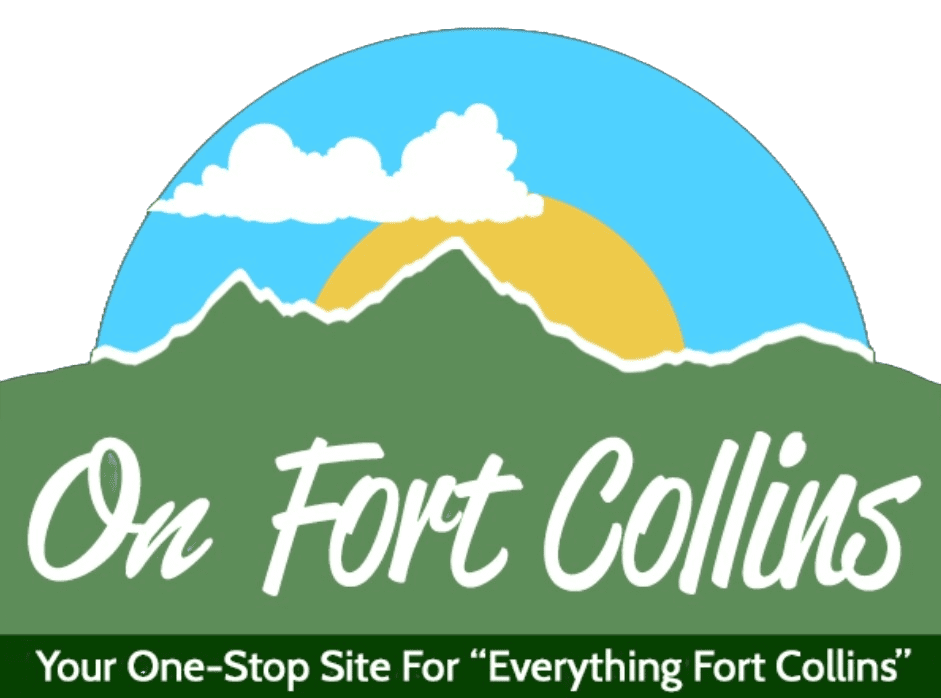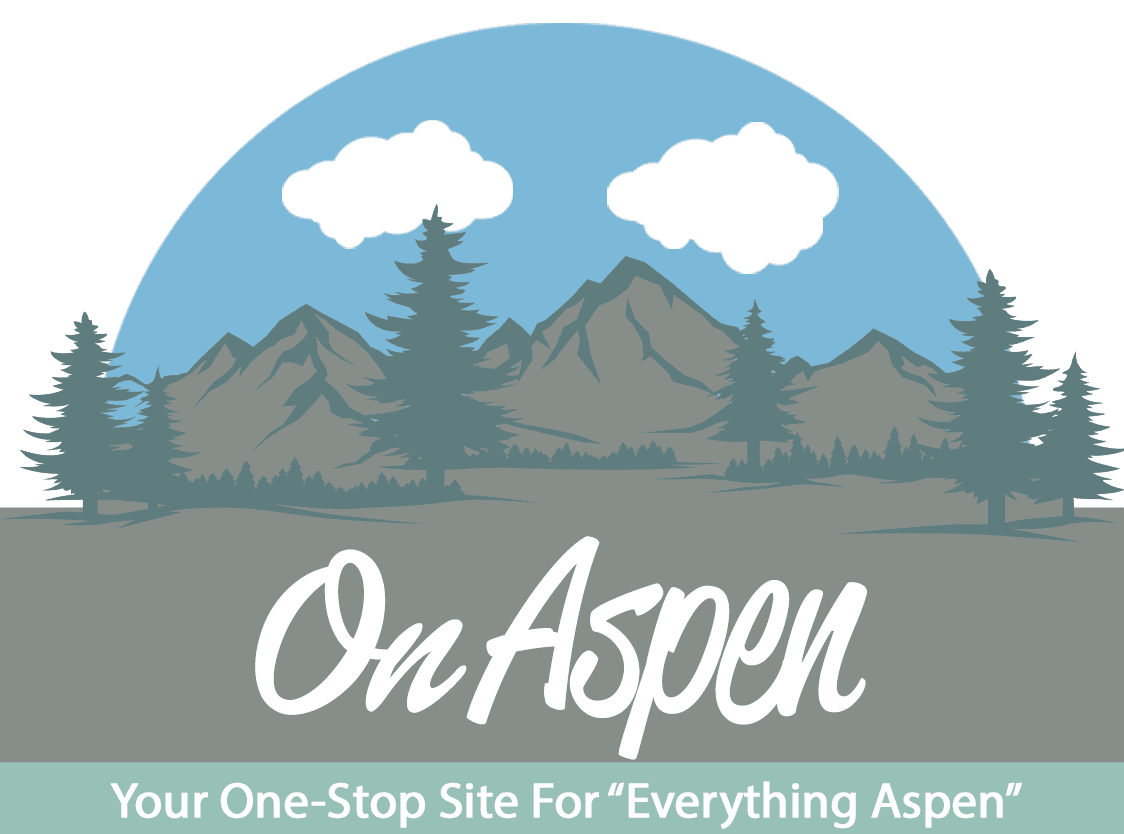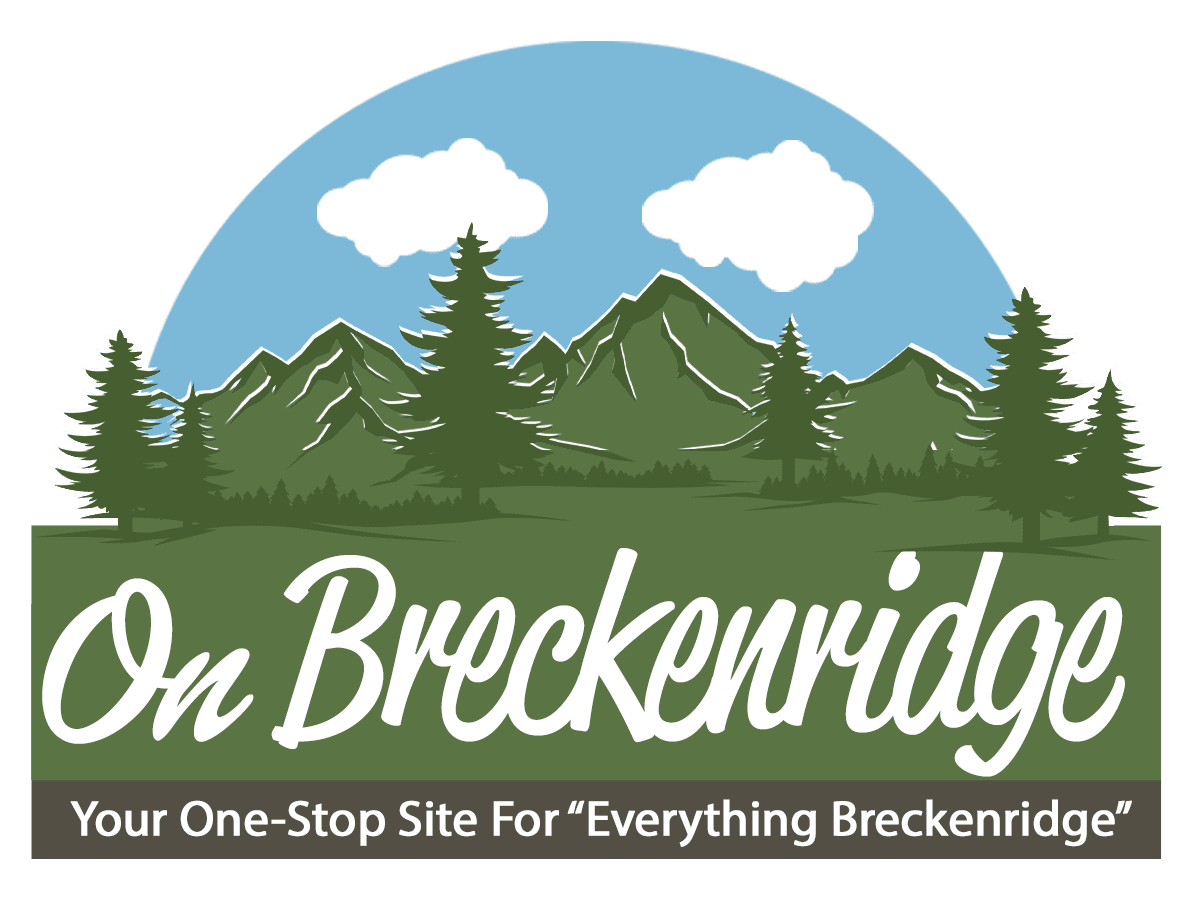Strong to the Core

Everyone who has worked out in a fitness center or Crossfit class, with a personal trainer or on your own, read an article or even talked with a gym rat – knows about the core. “Strengthen your core,” “Work on your core,” “Feel it in your core.” But what does it mean to say you are working your core?
The core is usually used interchangeably with your abs, but the core is much more than just your abs. Think of your core muscles as the central link in a chain connecting your upper and lower body. The muscle groups that make up your core include the rectus abdominis, erector spinae (back), internal and external obliques (the waist), transverse abdominis (the muscle that you use to pull your belly button into your spine), and the multifidi, which controls spinal stability.
Core exercises train the muscles in your pelvis, lower back, hips and abdomen to work in harmony. This leads to better balance and stability, whether in sport or in daily activities. Unfortunately, many people train their abs and low back without considering how the surrounding musculature interacts with them. The core muscles are connected to your legs, so the way you stand, squat and sit is influenced by core strength.
The best way to improve core strength is to introduce instability into workouts to train your muscles to work as a unit. Pilates and yoga are two great ways to train. Try some simple exercises, if you’re just getting started, yoga poses like the plank, boat pose, or bird dog and Hundreds if you’re a Pilates fan. Now you know the how, let’s talk about why.
Everyday activities. Bending to put on shoes or scoop up a package, turning to look behind you, sitting in a chair, or simply standing still — these are just a few of the many actions you perform daily. Even more basic activities — bathing or dressing, for example — call on your core.
On-the-job tasks. Work that involves lifting, twisting, and standing all rely on core muscles. But tasks like sitting at your desk for hours engage your core as well. Phone calls, typing, computer use, and similar work can make back muscles surprisingly stiff and sore, particularly if you’re not strong enough to practice good posture and aren’t taking sufficient breaks.
Housework and yard work. Bending, lifting, twisting, carrying, hammering, reaching overhead, vacuuming, mopping, and dusting are acts that originate in, or pass through, the core.
Two final words about your core. It’s easier to get a strong core now and maintain it through your lifetime, than it is to try to get a strong core once you have back pain or other issue. Need a vanity reason to work on your core? A strong core creates better posture, which leads to a longer, leaner look. Wanna look 5 pounds lighter? Strengthen that core!

















